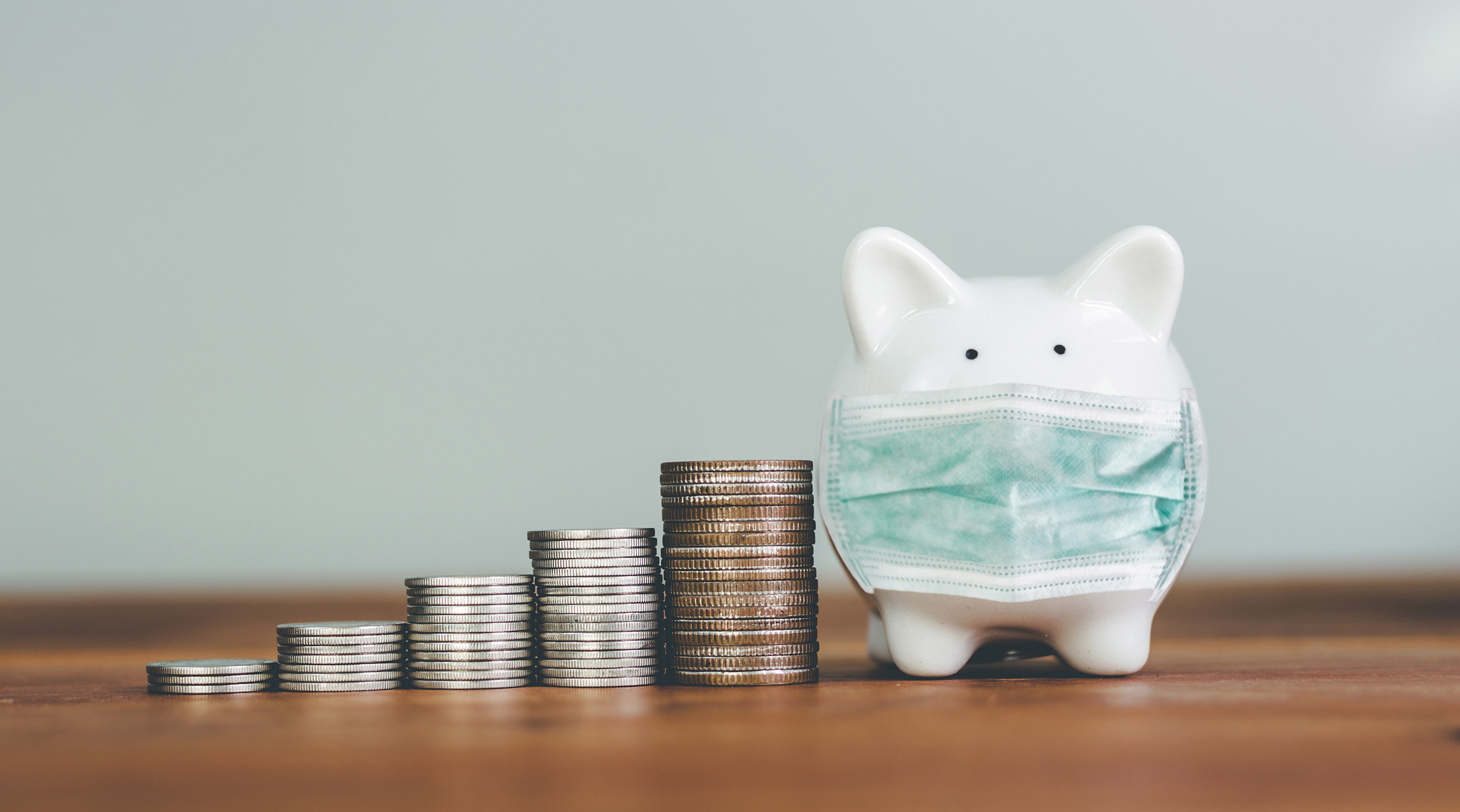
Average salaries among critical care physicians grew from $355,000 in 2019 to $366,000 in 2020, during the global novel coronavirus pandemic.
That increase was calculated based on reported average salaries between October 2019 and February 2020 and between October 2020 and February 2021, according to the Medscape Intensivist Compensation Report 2021.
Some 78 percent of those who earn their living as critical care doctors told Medscape they would pick the same field again, despite the stress and fear caused by COVID-19. That is up a percentage point from the previous year.
About 18,000 physicians in more than 29 specialties responded to the latest Medscape survey. Results were published in May.
Anyone working in medicine confronted incredible challenges during the pandemic. But critical care physicians, in particular, battled on the front line of the crisis, at great personal risk, to save lives in a specialty where aerosolization is a common occurrence.
Fear of COVID-positive patients coughing or sending particles laden with the virus into the air during intubations or other procedures was high. Such events were especially worrisome since personal protective equipment (PPE) was not always available or had to be reused multiple times, adding to an already stressful job.
Many in the field saw bronchoscopies come to a screeching halt as institutions tried to determine how such procedures could be performed safely. Society guidelines quickly emerged with recommendations, including using single-use bronchoscopes when bronchoscopy was necessary.
Critical care physicians reported spending 18.4 hours a week on medical-related work outside of patient visits, including time devoted to paperwork. That time is down slightly from last year’s 19.1 hours and slightly above the 16.3 hours that physicians overall spend on average.
Despite the modest income growth, about 22 percent of the intensivists who answered the survey did report a decline in compensation, the report said. Most of them cited job loss, fewer hours and fewer patients as the reason — COVID-19-related factors, they said.
Thirty-seven percent of those intensivists who experienced financial or practice-related hardships due to the pandemic expect their income to return to normal this year, while 40 percent think that return to normalcy will take two or three years.
Of those physicians who suffered loss of income, 83 percent expect a return to pre-COVID income levels within “a couple years,” the survey found.
Salaries among physicians in pulmonary medicine slid about $9,000 on average, as the global pandemic took its toll.
Those annual salaries decreased from an average of $342,000, based on pre-pandemic data collected between October 2019 and February 2020, to $333,000 for that same period ending February 2021, according to the Medscape report.
Despite that dip, 83 percent of those who earn their living in pulmonary medicine say they would choose the same field all over again.
Pulmonologists reported spending 16.7 hours a week on medical-related work outside of patient visits, including time devoted to paperwork. It marks a slight uptick from last year’s pulmonology average of 15.6 hours per week.
Fifty-nine percent of pulmonologists report feeling fairly compensated, up from 50 percent, based on last year’s survey results.


